If India and Mexico made love, they could give birth to something beautiful!
No doubt the newborn would dress colorfully and adorn its everyday things with vibrant tones. It would be saucy, spicy and topped with heaps of cilantro. Chances are it would also care a great deal about religion. But this wouldn’t be a particularly exotic mix. Because, even though almost 15,000 KM separate Ciudad de Mexico and New Delhi, Mexico and India actually have lots of things in common!
This year, we traveled to Mexico for the third time. Past the previous trips’ obvious phases of finding that Mexican calaveras are super cool, thinking the warm waters of the Yucatan are the bluest thing we want to dip ourselves into, and that Tacos al Pastor are the sh*t (well, we still stand by this!), this time we decided to simply hang out in and around the capital. The plan was to have no plan. To simply live in the city for a couple of weeks, soaking in as much as we could. And, yes, that included different salsas.
As a Portuguese-Indian couple, we spend a lot of time in India and, more specifically, in New Delhi. As we got more and more familiar with Mexican culture in Mexico City, we started noticing that both India and Mexico, Indians and Mexicans, have some striking similarities. These are the main ones that we noticed:
Mexican and Indian Foods Are Similar
Spicy. Wet. Ubiquitous. These are adjectives that could describe either Indian or Mexican grub. But both these cuisines have more in common than the generous use of spices.
In the 15th century, the Portuguese brought chilies which are originally from Mexico, into Asia. Indian food, as well as most major Asian cuisines, wouldn’t truly be what we know today without this key ingredient.
In the following century, those same traders brought tamarind into Mexico. Even though this plant is native to tropical Africa, the Indian-subcontinent is now-a-days the largest producer of tamarind. In India, tamarind is used to flavor savory dishes and make sweet chutneys that go along with fried snacks such as samosas. In Mexico, on the other hand, tamarindo is mostly used to flavor sweets and drinks like aguas frescas.
Way more common than the spices used to season food, is the style of serving them. While in Mexico virtually any meal comes with a side of corn tortillas, in (North) Indian cuisine, you’ll find chapatis and rotis as the equivalent – rolling pins are a must in both Indian and Mexican kitchens! These round breads don’t have to be eaten on the side, though. You can make them into a snack by rolling either one of them and stuffing them with a variety of fillings. Think of tacos and burritos in Mexico and, along the same lines, Indian kathi rolls can easily come to mind:
Both preparations above consist of a base of round flat bread, a filling of meats and/or vegetables and a much necessary topping of spicy salsa or chutney:
Just like you can find kathi rolls in most market areas in (at least North) India, you’ll find a decent taco pretty much anywhere in Mexico. Street food is so prevalent in both countries that it’s difficult to go hungry, and even harder to resist walking past food stands specializing in one item or another.
Mexicans love their Antojitos, and Indians swear by Chaat. Admittedly, Mexico serves much more meat than India does, but whatever item you end up having, you can be rest assured that proper attention has been given to marination and seasoning. Both countries love cilantro too (and onions, and tomatoes..)! In India, most vegetable preparations would be topped with chopped dhaniya, just like tacos get a touch of it right before being served too.
When it comes to street food and snacks, MexIndia could potentially create the world’s greatest beer snacks! Indians sure have a thing for savories (locally known as namkeen), while Mexicans also have quite a vast range of botanas. In both countries, it’s common to see street vendors pushing karts filled with these salty and often spicy snacks. Banana chips, dried fruits and deep fried little pieces of dough coated in chili powder and other spices are common on both sides of the world.
Indians enjoy puffs stuffed with curried preparations, and Mexicans prepare pastes with assorted filings to die for (pick the ones with chorizo and frijoles and thank me later!!)
Mexicans are kings when it comes to corn, and one of their popular street snacks is elote, that is, roasted corn on the cob rubbed with shredded cheese, chili powder, lime and other seasonings. The Indian equivalent would be bhutta which, skipping the cheese, concentrates on the heavy use of masala and a rub of lemon.
We could also attempt to draw a parallel between totopos and tostadas and papadums…
… or even between steamed idlis (made with rice) and tamales (corn based):
Regionalized flavors of even the most popular of potato chip brands are also there in both countries: say namaste to Lay’s India’s Magic Masala in India, while in Mexico you can get a mega kick with Sabritas Habanero (Sabritas is the local name for Lay’s!).
Wherever you are, you can wash it all down with freshly blended juices from the small juice stands in either country, which do tend to offer remarkable variety.
Thinking of main dishes in India, it’s impossible to ignore the country’s wide variety of curries. In Mexico, wet food of a similar kind would revolve around some stews and, on special occasions, mole sauce.
Researching this topic, I came across this very interesting article that explains some of the similarities between Mexican and Indian cuisines. Even though both cuisines keep evolving and suffering influences from the wider world, some of their basic spices and cooking techniques have a common root: the Arab world! Muslim cuisine once delighted those in Al-Andalus (Southern Spain). Think of rice dishes, use of spices such as cumin and peppers or herbs like coriander. From Spain, some of this culinary tradition got exported to Mexico (capital of New Spain back in the 15th century), while the Arabs moved on through Persia and into India. If it wasn’t for this influence, Mexicans wouldn’t be eating Arroz a la Mexicana or Frijoles con Arroz, while at the same time, on the other side of the globe, Indians wouldn’t munch down on Pulau Rice or Rajma Chawal.
Fun fact, specially for Indians: the fruit known in India as chikoo is native from Mexico, and locally known as zapote or chicozapote for the Mayans. It’s a small world, isn’t?
Both Mexico and India Adore Colors
Mexico is very Mexican. And there’s no doubt that India is oh-so-very Indian. This may sound shallow, but it’s not! Despite globalization, both countries still remain very true to their own cultures and this translates into a series of customs and daily life habits. This is why both make such interesting destinations for travelers.
The heavy use of bright colors is associated with both civilizations. When it comes to personal clothing and home decor, Indians and Mexicans prefer vivid colors and lean towards the heavy use of patterns. Women, generally speaking, are more responsible for keeping these colorful traditions alive, and in both countries they tend to dress and accessorize more traditionally, as compared to men.
This color attraction is present in other aspects of local life besides fabrics and decorative items. Popular festivals can be good examples of this too.
In India and Mexico, Religion is Still a Big Deal
Religion matters a lot in many parts of the world. Both in Mexico and India, we’re not talking “religious to the point of visiting a temple often” kind of religious. We’re talking “if I can’t go to the temple, the temple shall come to me!” level! This translates into the presence of Hindu altars in homes and businesses across India, while in Mexico they also place Christian figures which are supposed to bless your house, your shop… or even your street!
While Hindus may worship different Gods (and avatars) depending on the occasion, the Mexican (and Christian) equivalent of that would be Saints and Virgins. For every Ganesh you see by the counter of the grocery store in India, think about every Our Lady of Guadalupe protecting folks on the other side of the world!
Family is Forever!
Forget about individualism… you are in India! Or Mexico.. whichever! In both countries family values are extremely important.
It all starts with weddings, which aren’t normally quick (or cheap) affairs. If the family is about to grow, you have to make sure you invite every single relative you can think of. They will bring their relatives along too. And their neighbors, and the neighbor’s acquaintances too. Besides the religious ceremonies, prepare to feed the crowds, entertain them and do so for hours.. or days (in India)!
During the rest of your life, you will enjoy plenty of family reunions with your parents, siblings, grandparents, uncles, aunts and cousins. On both sides of the world, the Mother is a central figure – and she’s also the one responsible for the yummy and often laborious treats you’ll get to enjoy during family get-togethers.
India and Mexico Also Have These Daily Things In Common
Depending how deep we’d dig, we could potentially find even more things in common between India and Mexico…
We could be talking about how reusing and recycling is so prevalent, for example. When Indians and Mexicans want to get rid of something that still has some value (as a full piece or in parts) they can still make a little cash! In India, you’d wait for the kabari walla, to whom you sell your old newspapers and cartons per Kg, and negotiate how many rupees you can get for your scraps.
I’m not sure what the kabari walla equivalent is called in Mexico, but I know they exist, and I’ve seen them going around also with catchy sayings, just like this:
Hand-written ads are another thing in common between Mexico and India…. and, oddly, they sometimes tend to look like they were drawn by the same person!
There’s also the fact that both countries’ traditional songs focus on themes of love and broken hearts too.
Haven’t had enough?! I’ll let comedian Gabriel Iglesias take it from here:

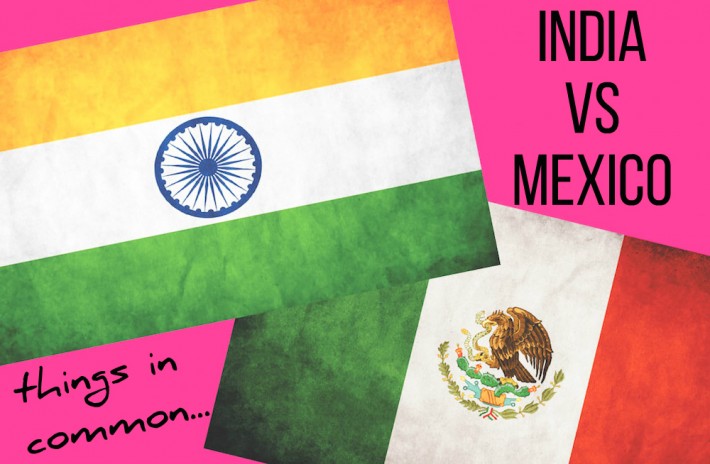
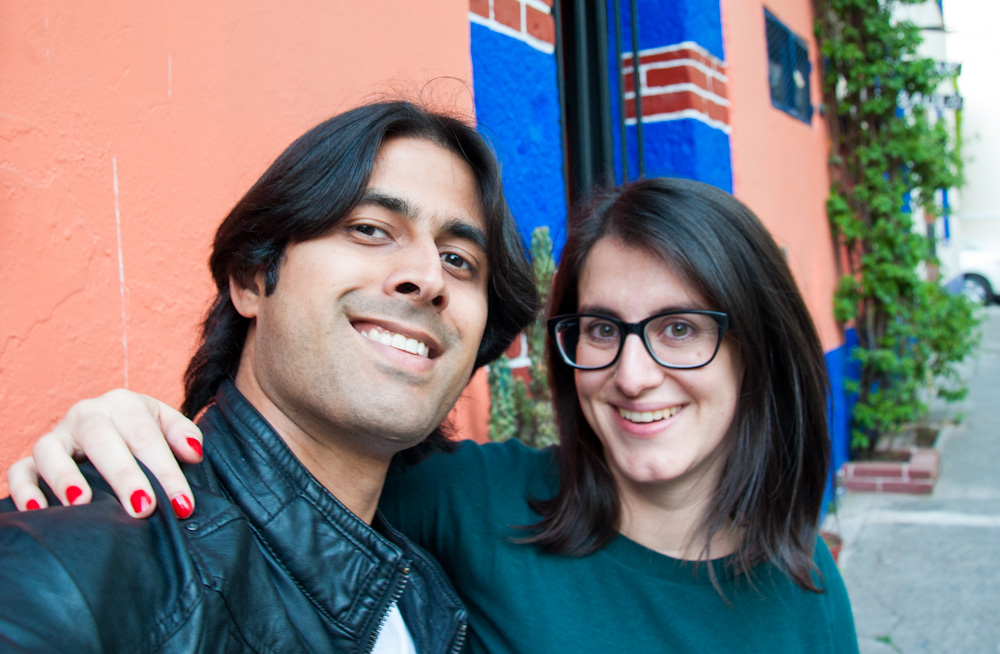
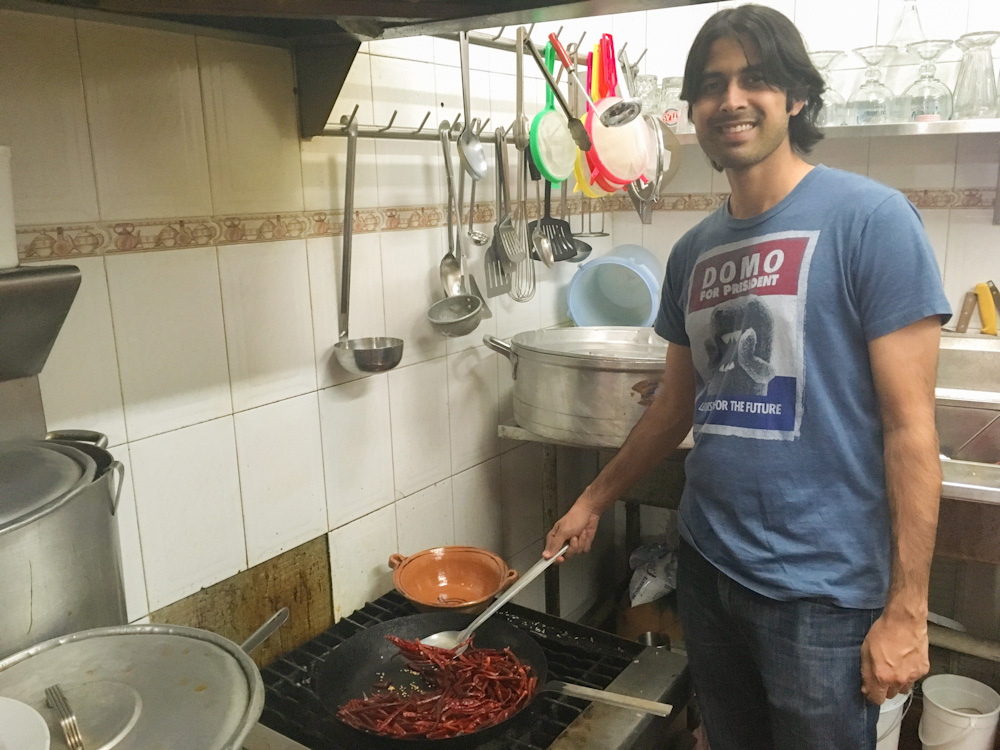
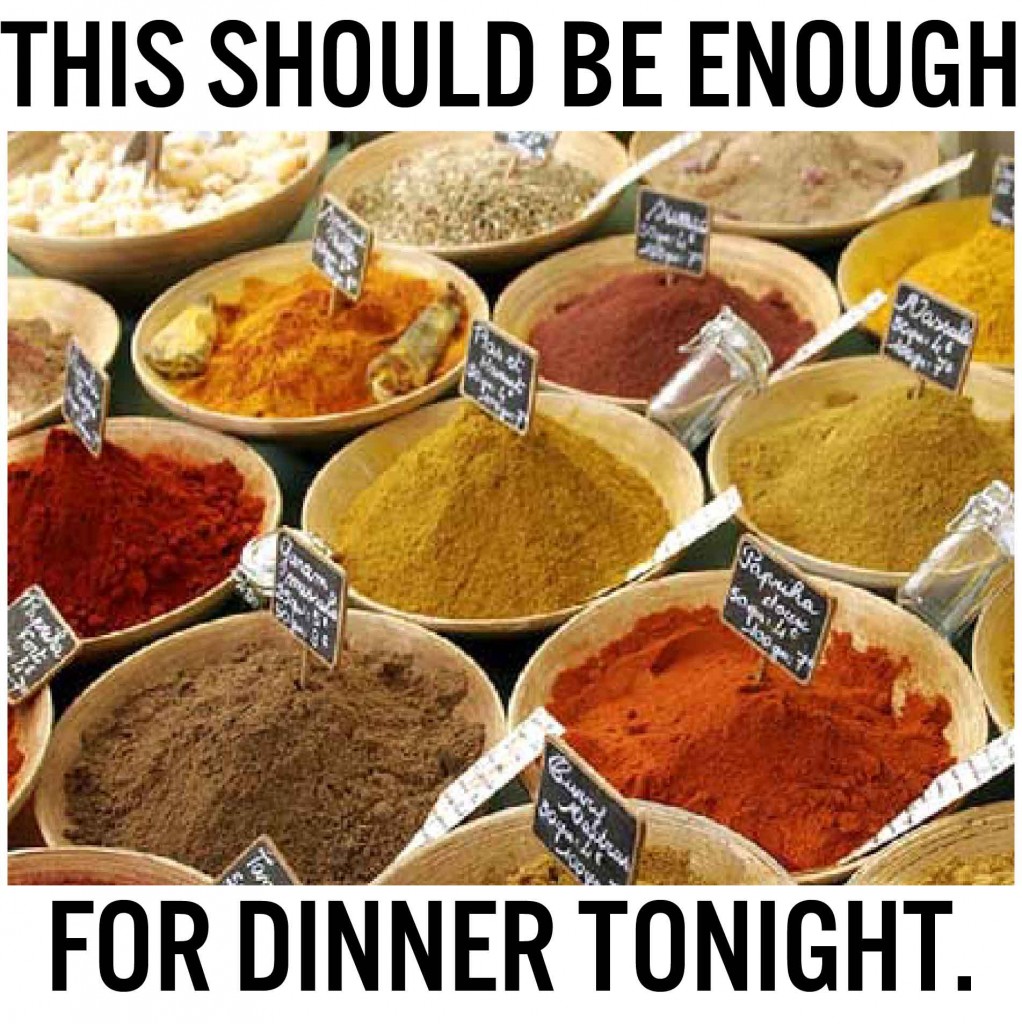


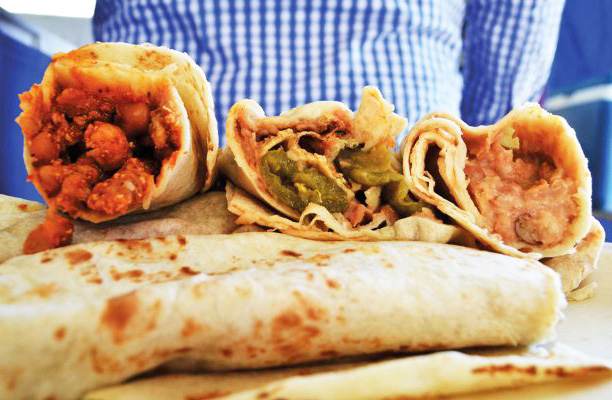




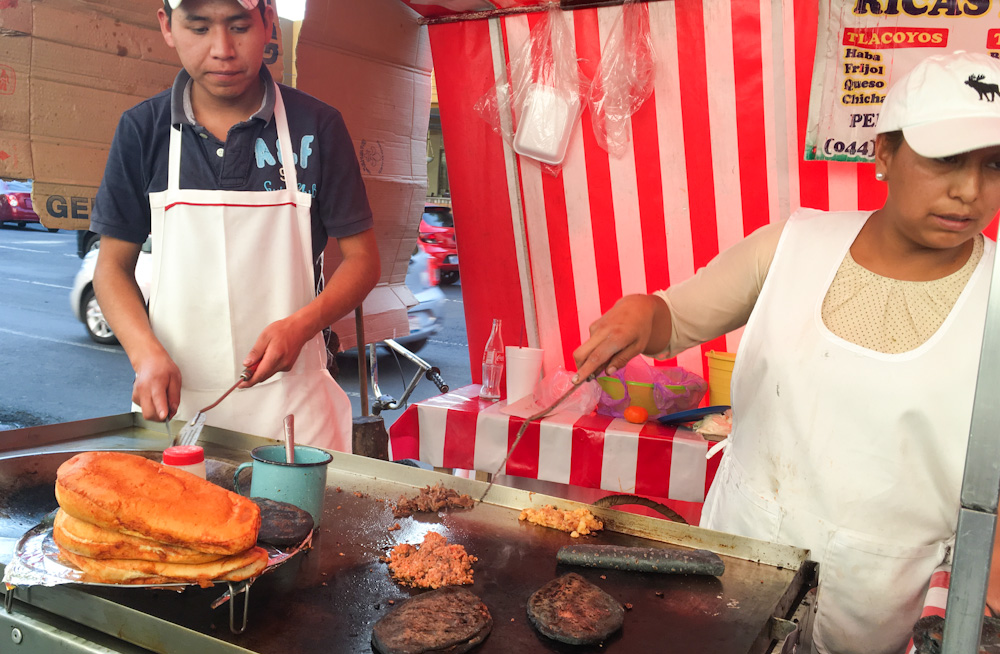

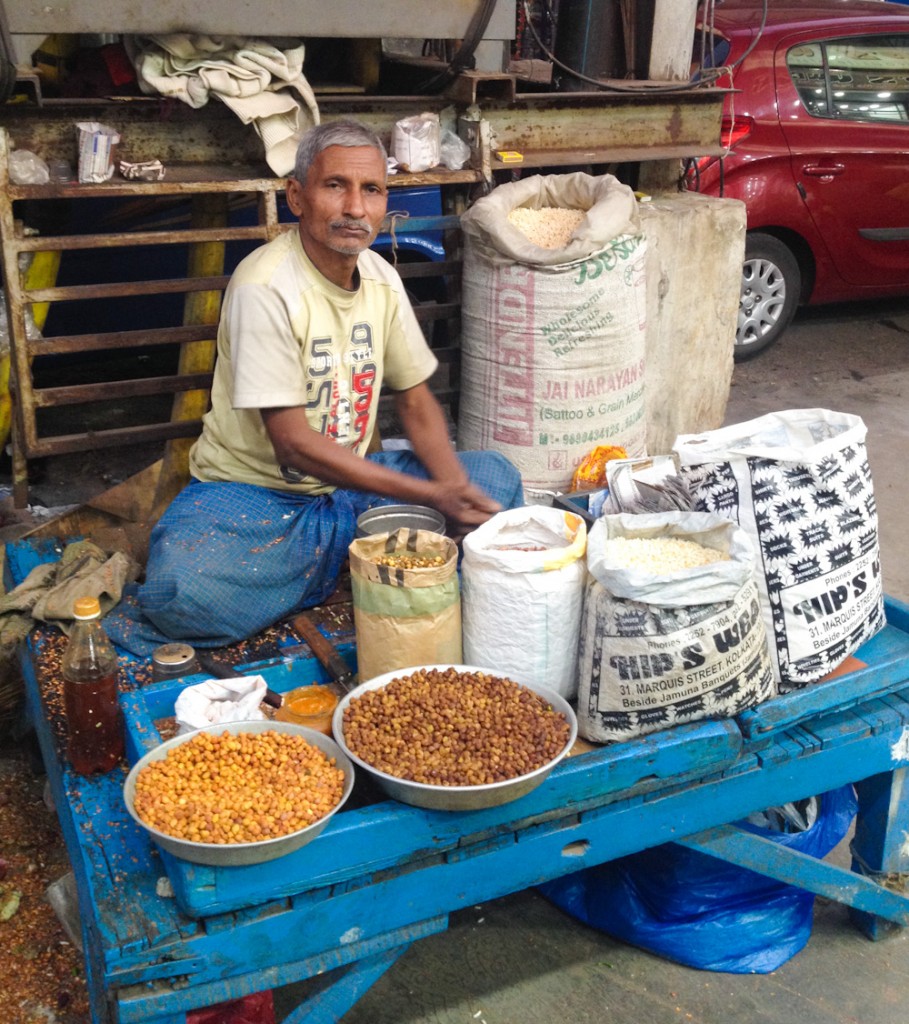
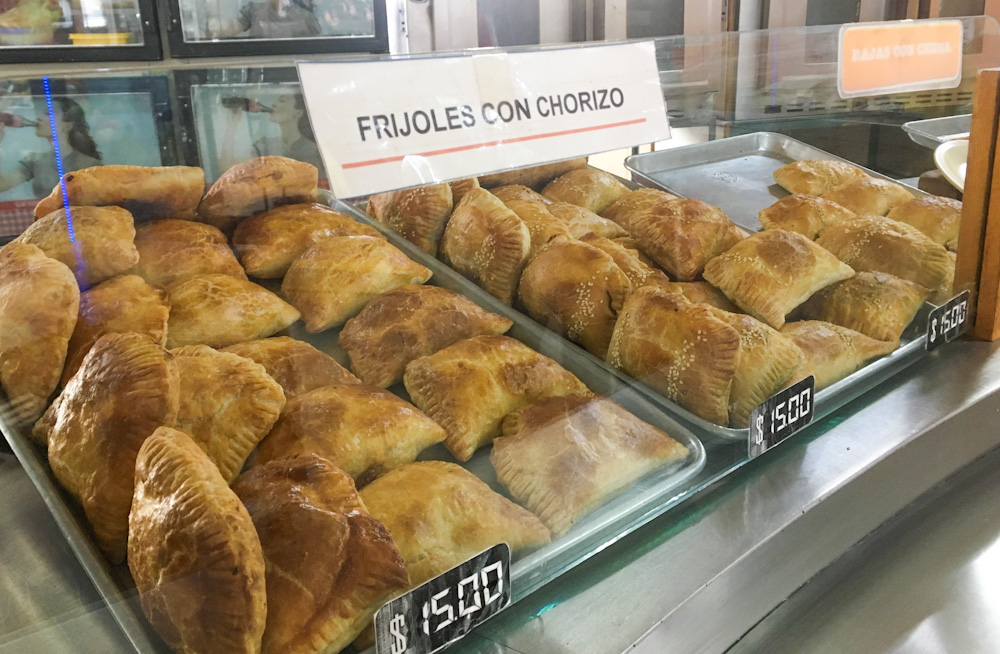
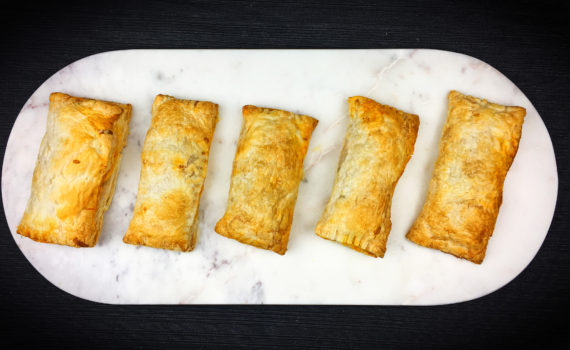
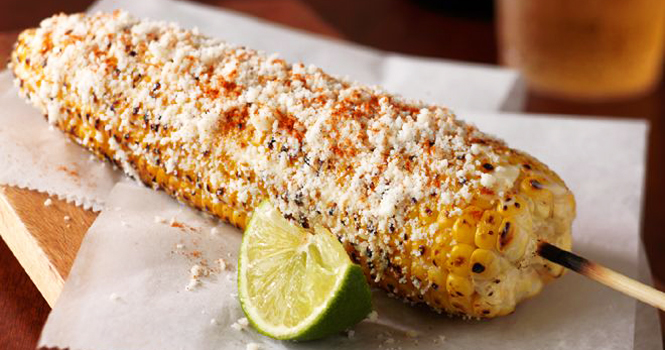
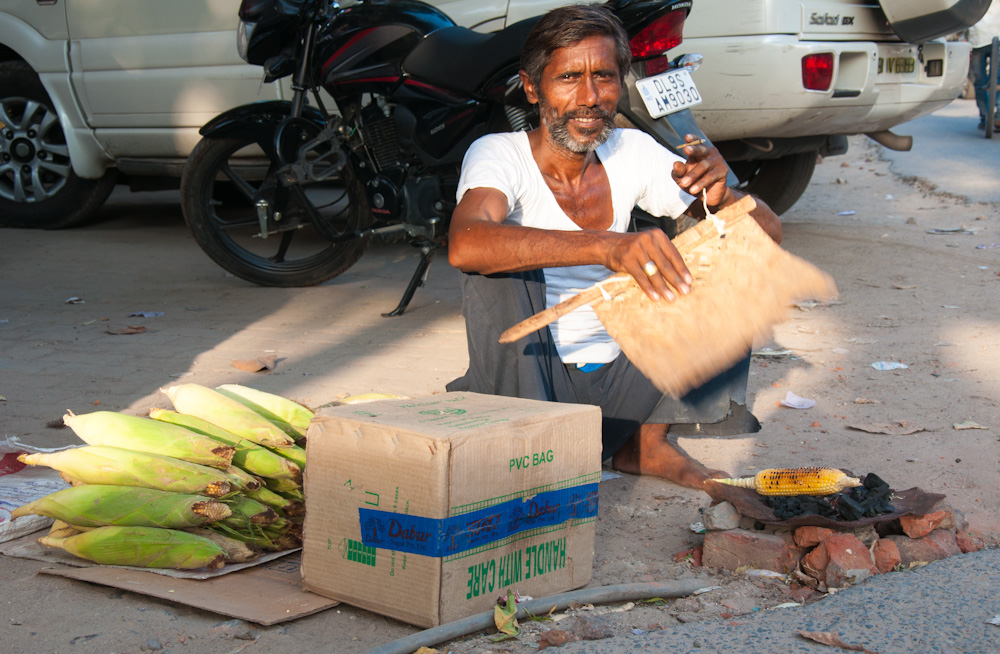

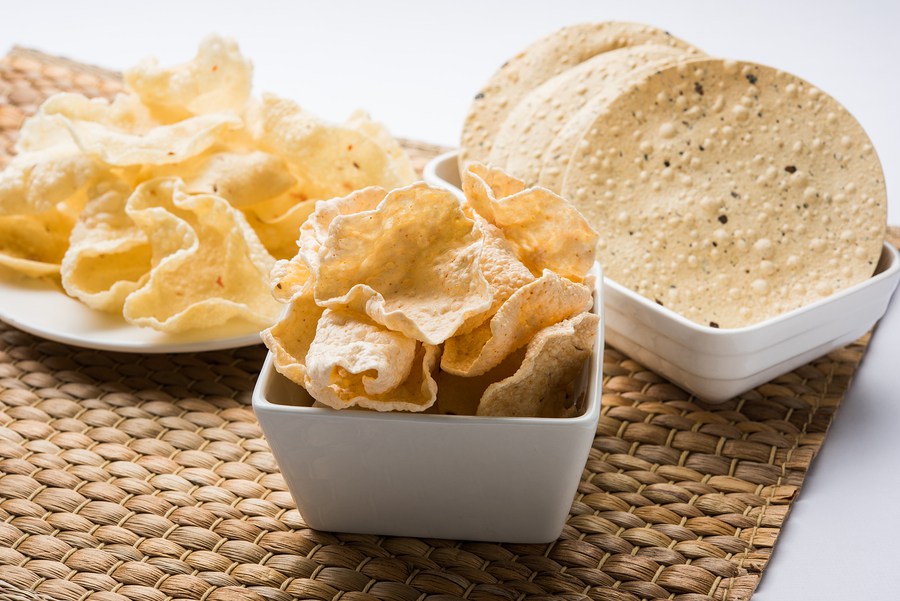

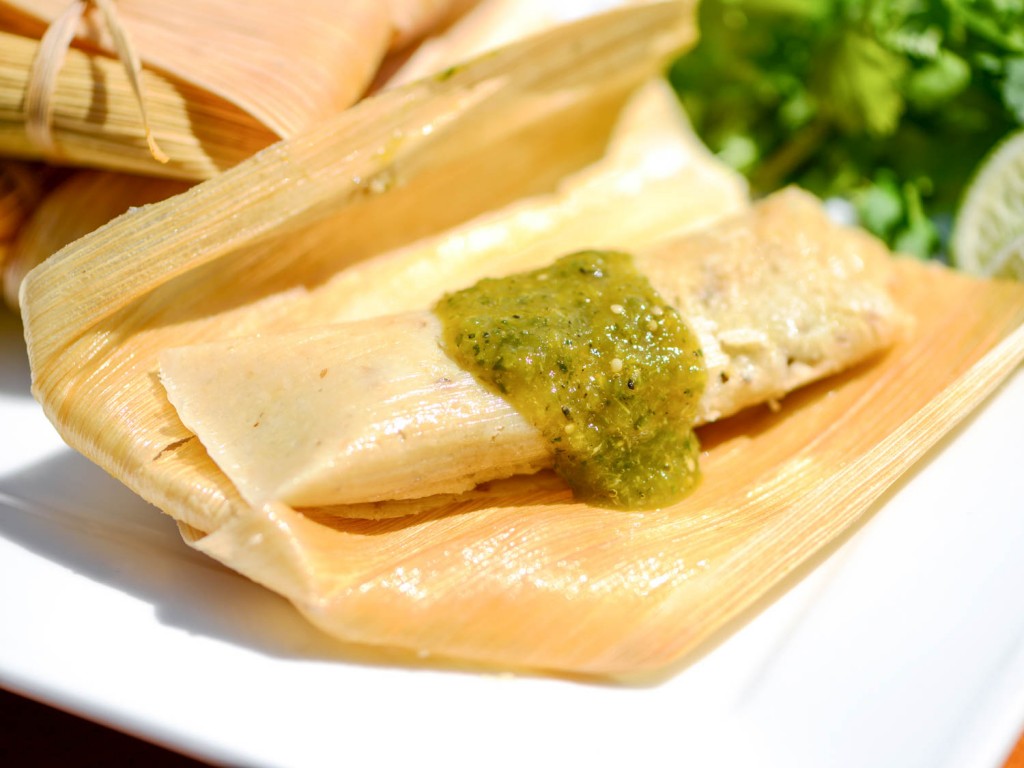
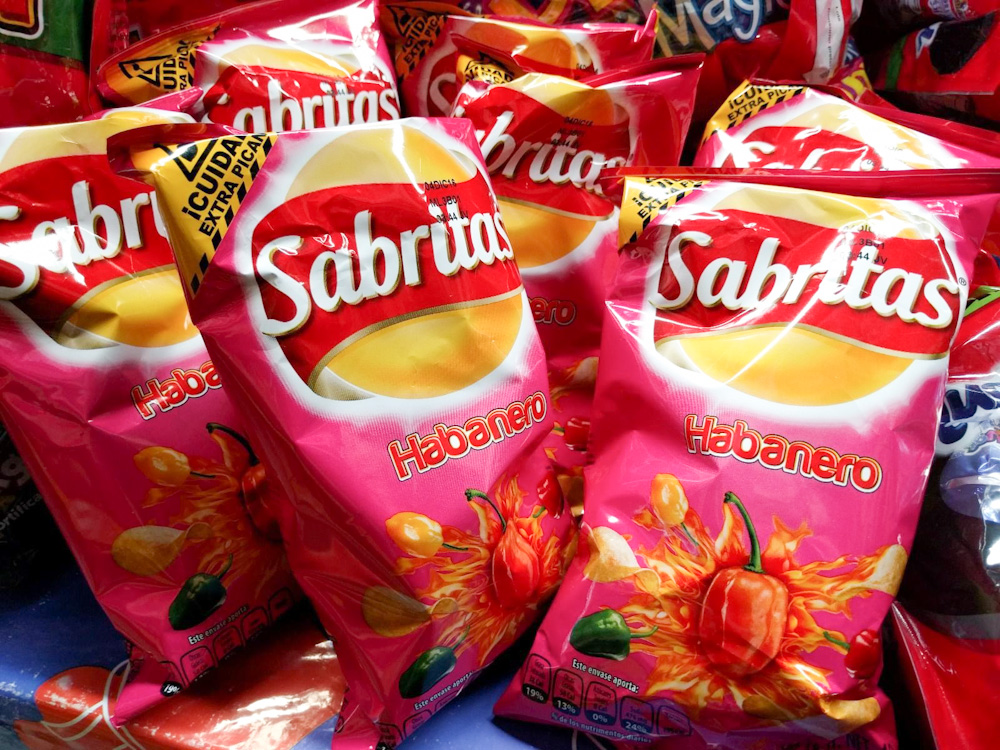

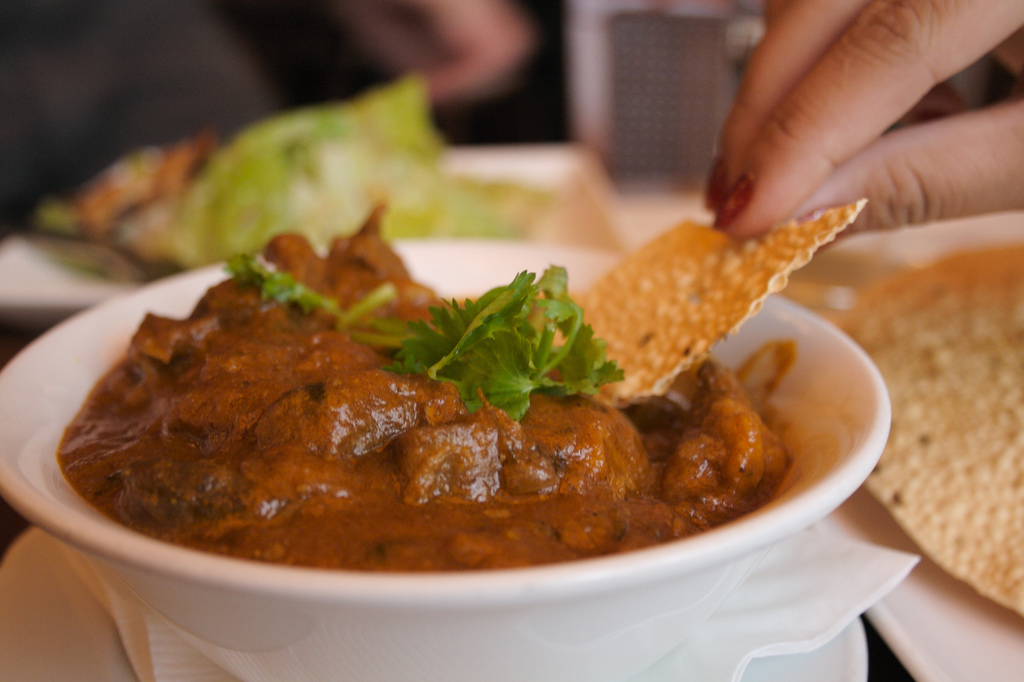
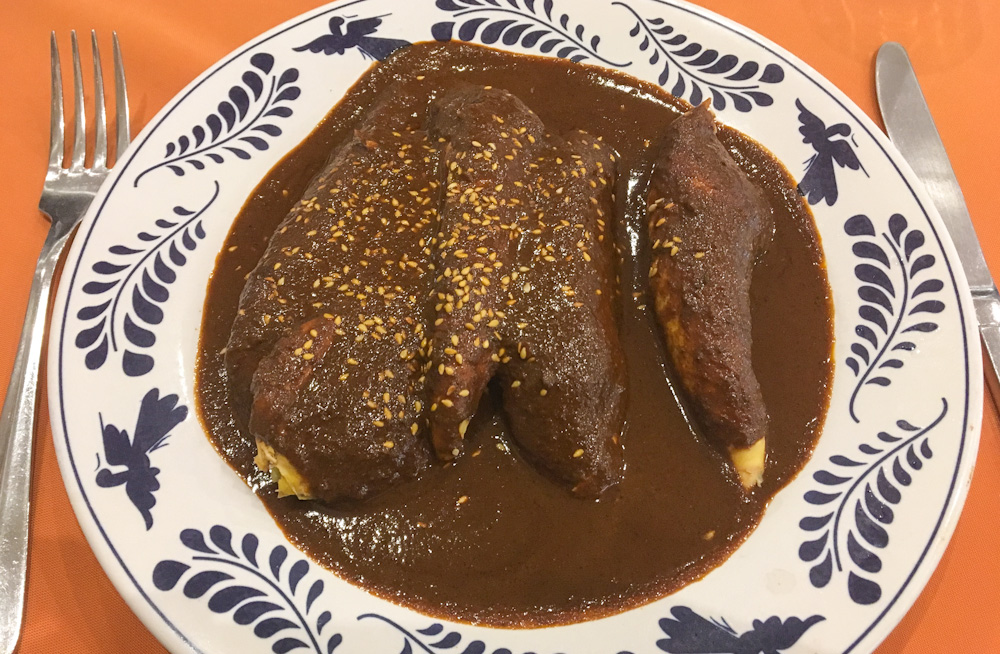
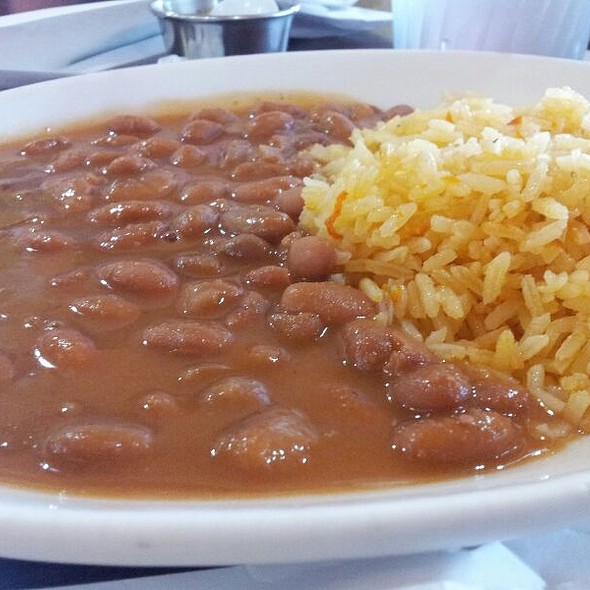

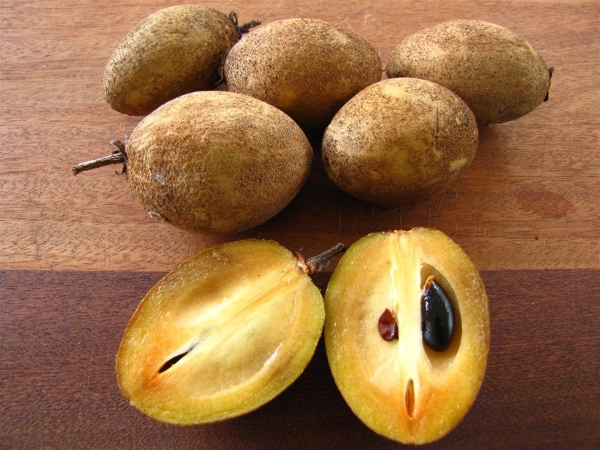
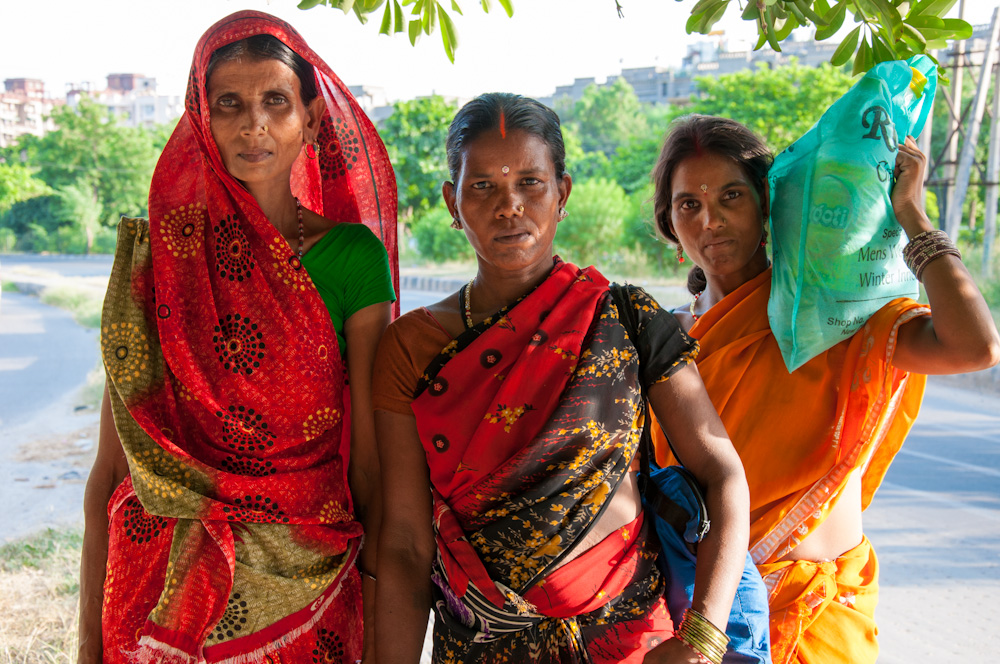
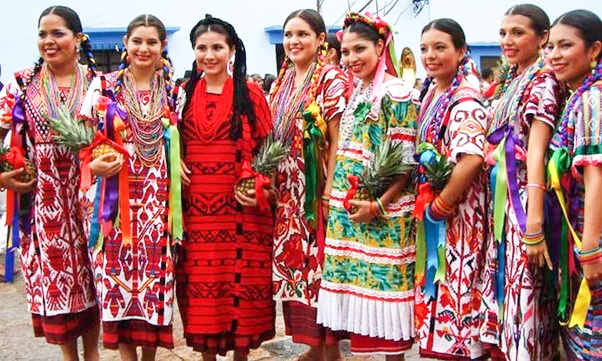

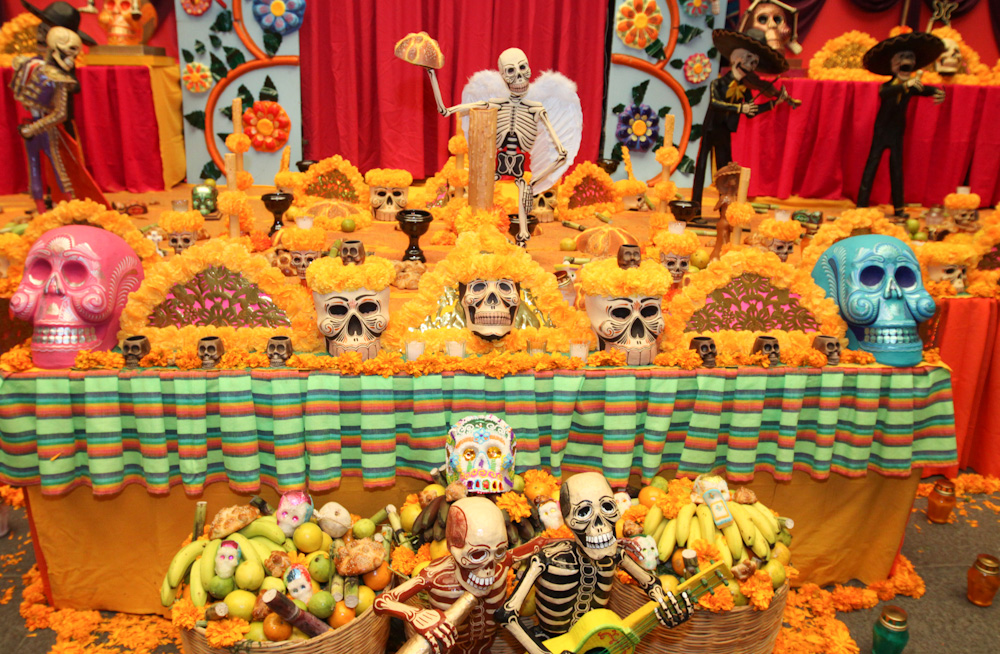
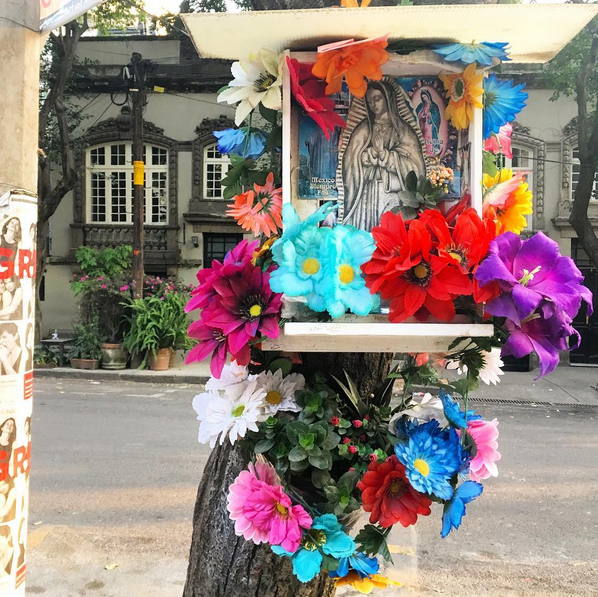




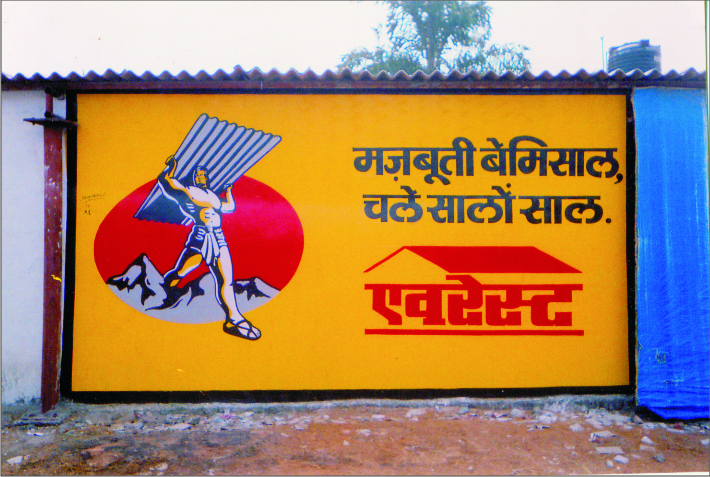

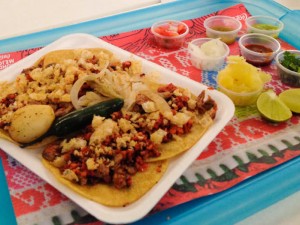


Thank you for sharing this great post. I really enjoyed reading it. it’s very informative with very nice pictures.
Lovely comparison.
One small addition. Chikoo is actually referred to as sapota (similar to Mexican zapote) in many parts of India.
We call “ropavejero” to the Mexican kabari walla equivalent.
https://es.m.wikipedia.org/wiki/Ropavejero
Very nice write-up. India and Mexico are two countries I have visited extensively and Spanish is the only foreign language that I can speak. I can relate to almost everything you say here!
Hola, qi taal.
I tried my best to learn Spanish esponia but I did not get a good teacher and even to learn level 1st had to travel 25 Kms and hence I stopped. Being a lawyer many of the words I use for legal drafting are originated from Latin and now Spanish. Still I am eager to study but in Bangalore India no much advertisement about this language though Spanish speakers are more all over the world.I like mexico.
Instituto Hispania offers online Spanish courses via streaming video, apart from classroom courses as well – google it
Interesting! Nice pictures but frankly the food doesn’t look that good nor do the people preparing it look that clean. (The one guy is barefooted and smoking a cigarette!) Give me a filet mignon with mashed potatoes and gravy made from scratch instead.
I have lived in Guadalajara for 7 years and it’s truly a second home for me. Loved the kindness in people and the way they made us feel at home.
Great post. Having grown up in South India and now retired here in Mexico, many of these are the reasons for choosing to move here. If you ever want to visit us in San Miguel de Allende, recently voted #1 place to visit in the world by Travel and Leisure magazine, get in touch with us. Cheerios!
I have been living in Guadalajara, Uruguay, USA and even India for the last 8 years.
Many things are yes sort of similar with the big difference that India is very racist even at work.
I don’t have complained but many things are not like really are.
I wanna finish with a mexican qoute,
el Leon no es como lo pintan.
All true! I hadn’t thought about all of this before! Very thought-provoking… great post!
Hi, Thanks for sharing, Keep up the good work.
Like always, great content, Keep up the good work!
I am quite impressed on how extensive you both really dived into Mexico!
Saludos desde Mexico y a la mejor yo un dia ire a la India!
Wonder ! How similar is Indian and Mexican food? I think Indians were introduced foods in Mexican that was an impact.
Great post. Having grown up in South India and now retired here in Mexico, many of these are the reasons for choosing to move here.
Hi,
I like your post..!
Such a beautiful place. I’ll definitely be visiting there
As a Spanish language teacher in India and researcher on the intercultural relation between India and the Hispanic world, I must say that it is very informative and well researched material. There are immense similarity between Mexico and India due to colonial history, as these countries were centres of massive cultural exchange in the past. The Manila Shawl popular in Mexico or in the entire Latin America was exported via Galeon de Manila, could be compared with dupatta.